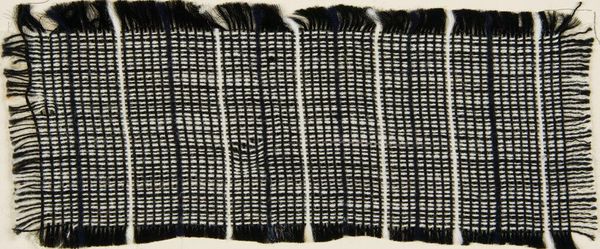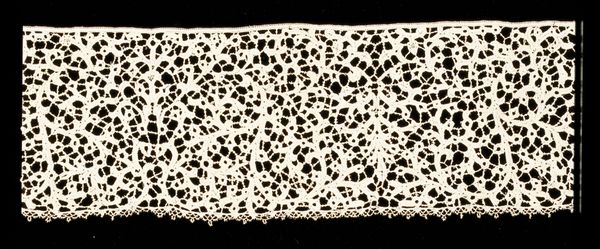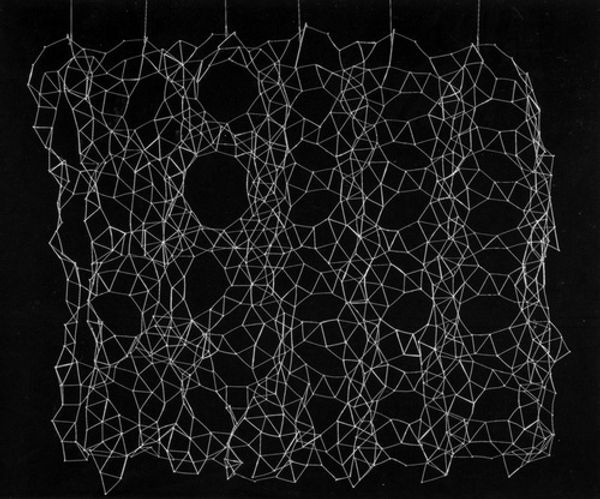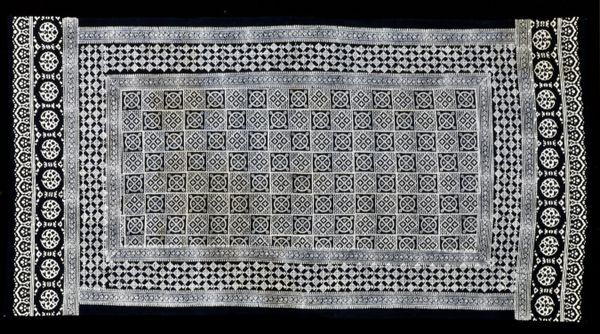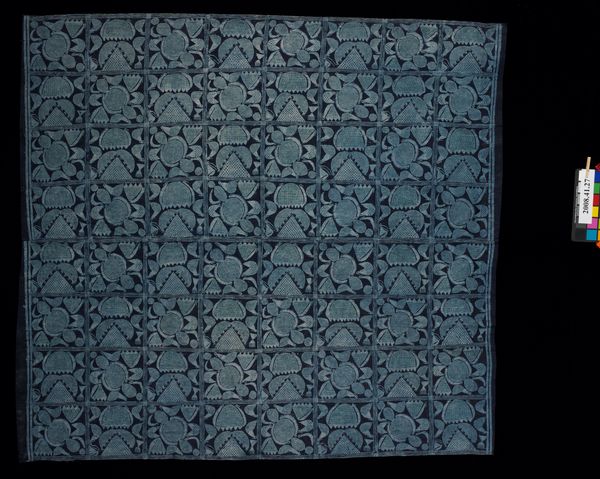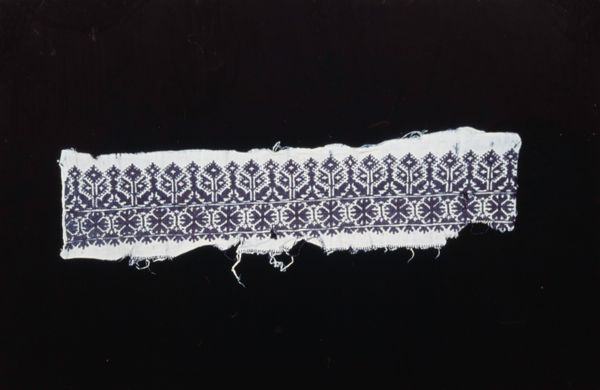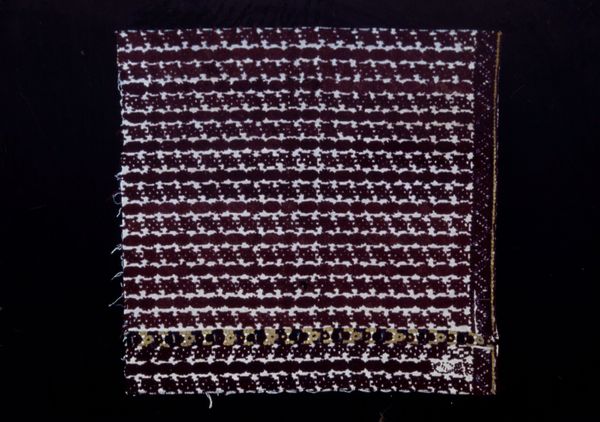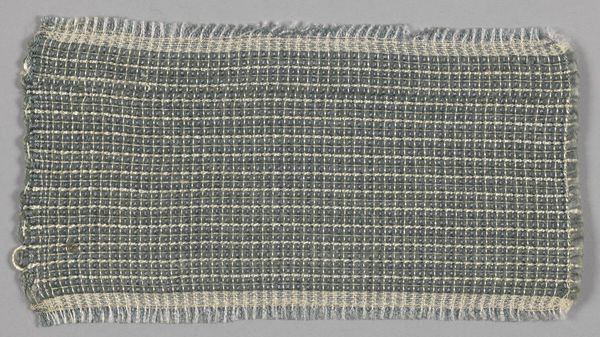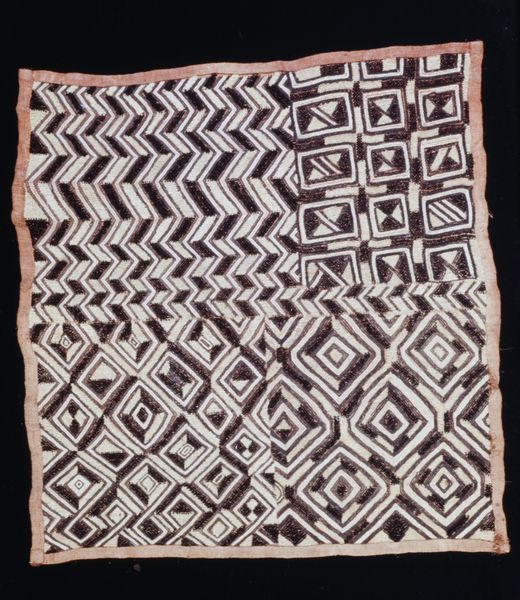
weaving, textile
#
random pattern
#
weaving
#
textile
#
hand-embroidered
#
abstract pattern
#
organic pattern
#
repetition of pattern
#
intricate pattern
#
pattern repetition
#
layered pattern
#
funky pattern
#
combined pattern
Dimensions: 7 1/2 x 6 3/4 in. (19.05 x 17.15 cm)
Copyright: Public Domain
This delicate Fragment of lace, now in the collection of the Minneapolis Institute of Art, speaks volumes about labor, value, and anonymity. Handmade lace, intricate and time-consuming, was once a highly prized luxury item in Europe. Its creation was an economic engine for women, especially in rural areas or convents, offering a means of self-sufficiency, but often at the cost of long hours of tedious work. Though we don't know the exact time or country this fragment came from, the nature of lacemaking means that we can be almost certain that this piece was made by a woman. The anonymity of the artist is important, as it highlights the devaluation of female labor and the erasure of individual skill within a broader economic system. To fully understand the meaning of this Fragment, further research into the history of lacemaking, its economic impact on women, and the social hierarchies it both reflected and reinforced is a must. We can investigate the piece itself, and also use archival records and historical accounts. Only then can we appreciate the complex social and economic forces woven into this seemingly simple object.
Comments
No comments
Be the first to comment and join the conversation on the ultimate creative platform.


